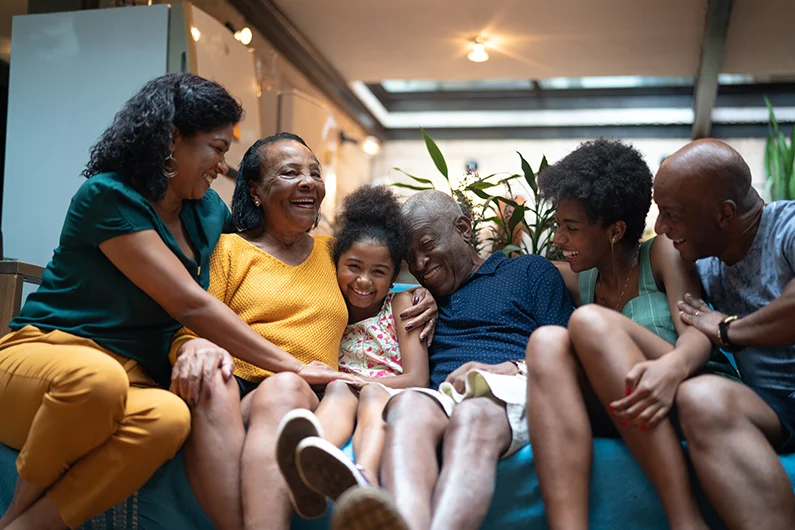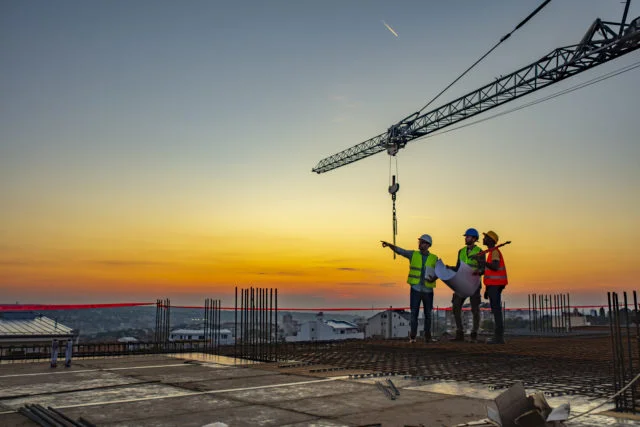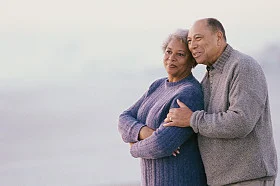Tag: African-American

Financial advisers and retirement experts say the best advice they can give workers to prepare for old age is to save, save, save. But two young researchers might argue this advice isn’t sensitive to the hurdles that Black and Hispanic workers face when they try to save. At a recent panel discussion, the researchers presented…

The racial disparities embedded in our work, retirement, and government systems will be front and center at the annual meeting of a national research consortium. One of the presentations at the online meeting on Aug. 4 and 5 will explore the impact of wealth and income inequality on Black and Latinx workers at a tim…










